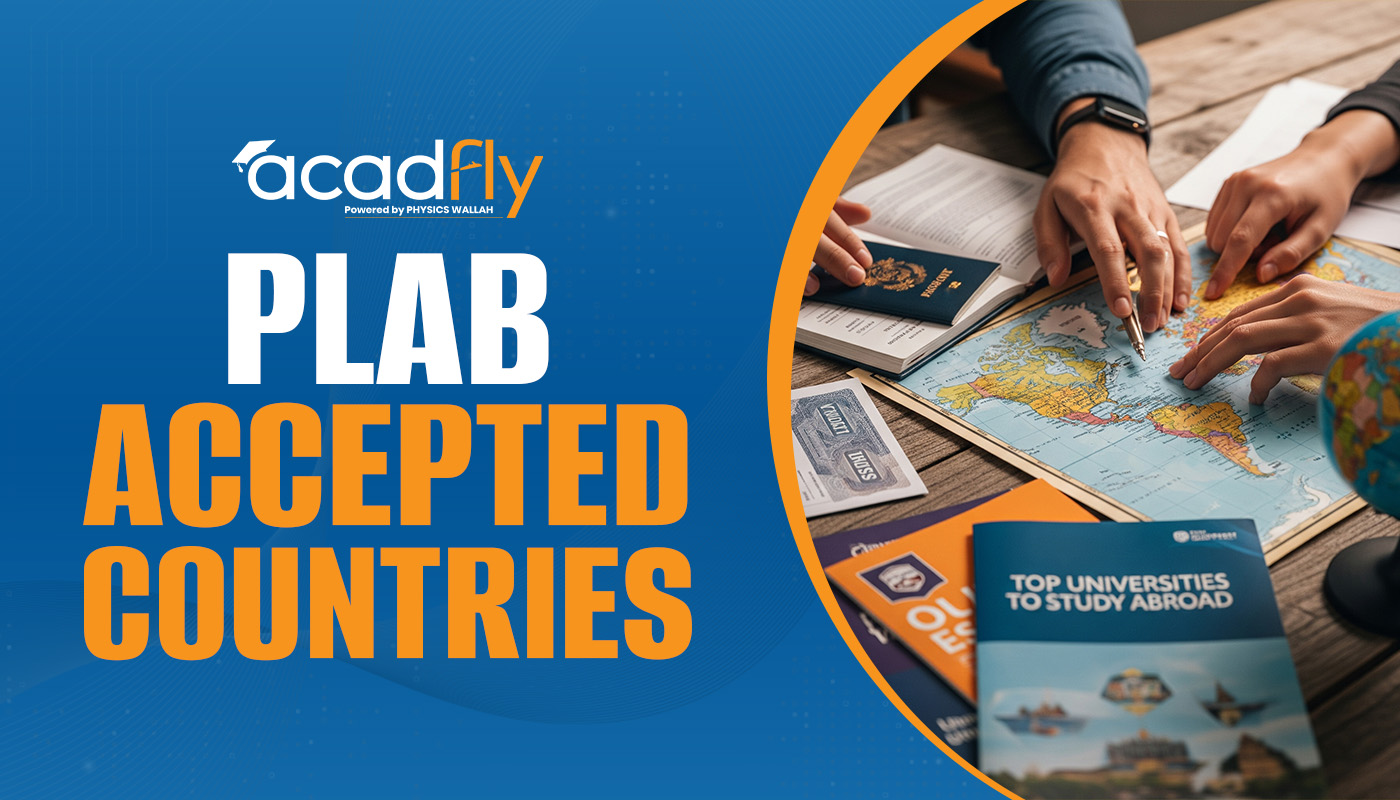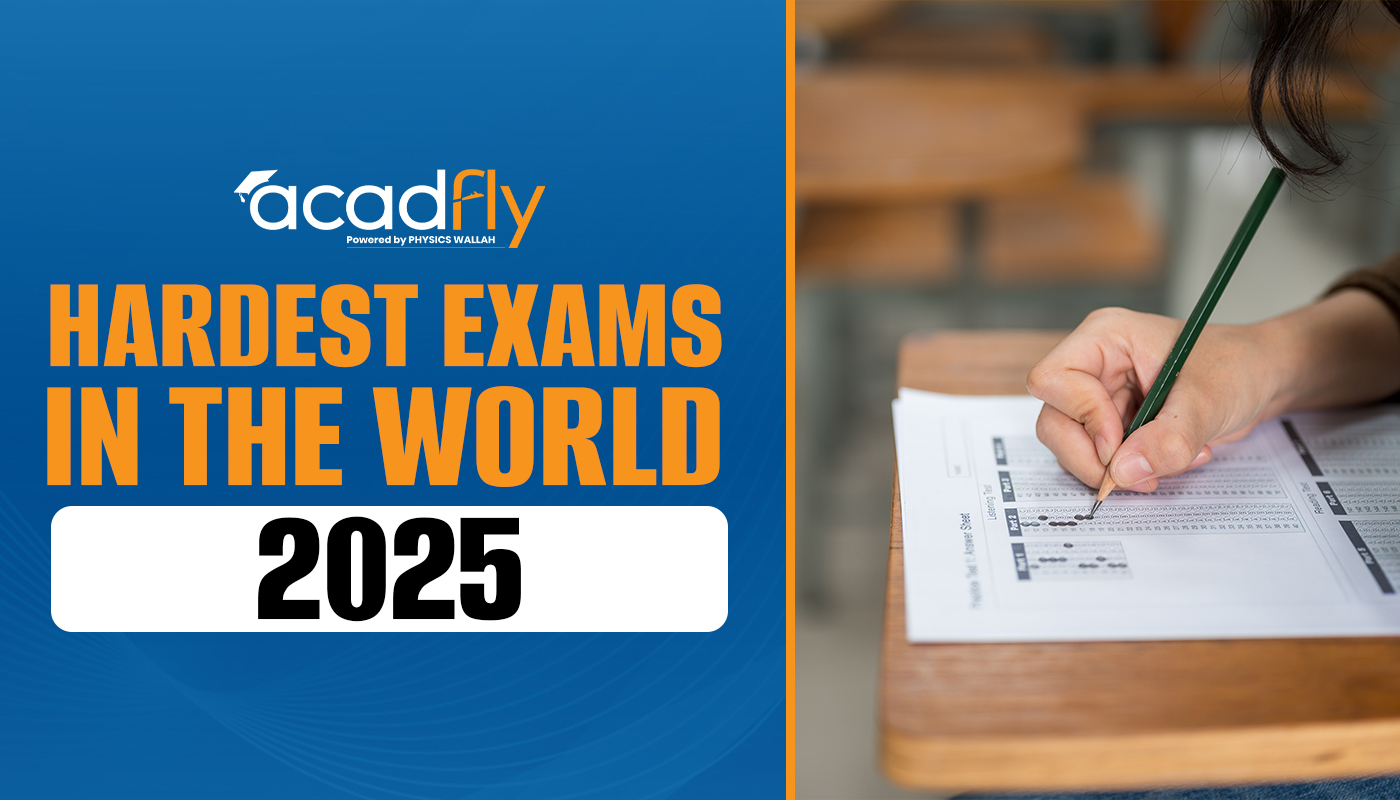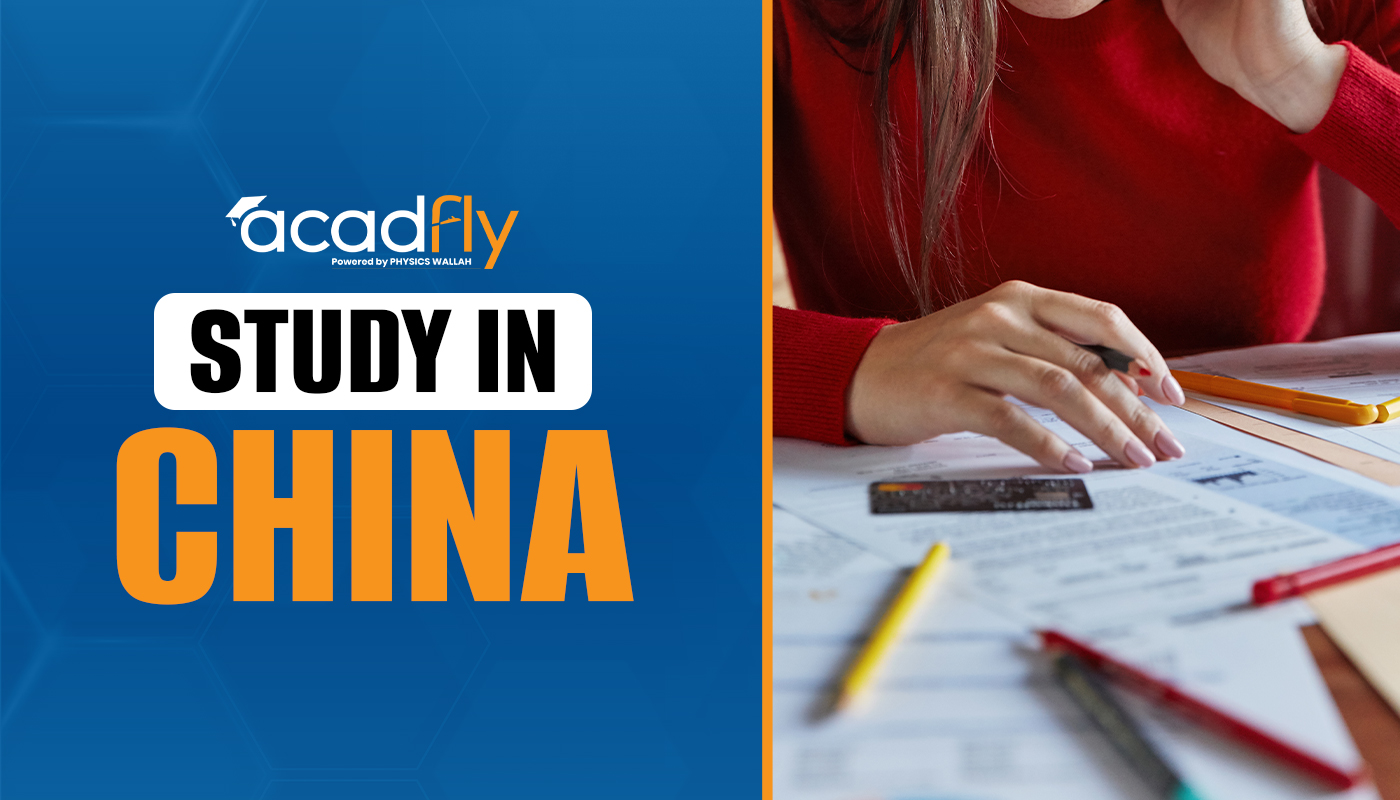

Public vs. private education loans for study abroad is a critical decision for aspiring international students, often representing the primary gateway to their global academic dreams. For many, the high cost of overseas education, encompassing tuition, living expenses, and travel, makes securing adequate financing a daunting yet essential step. Navigating the complex landscape of education loans requires a thorough understanding of the distinct characteristics, benefits, and drawbacks offered by both governmental (public) and private lending institutions.
Studying abroad is an enriching experience that opens up a world of opportunities. However, the cost of education in foreign countries can be prohibitive for many students. To bridge this gap, education loans have become an essential tool for students pursuing higher education overseas. Various countries offer a variety of loans. Student Loans to Study Abroad in the United States are different from Student Loans to Study Abroad in Germany. This article explores the differences between public and private education bank loan providers for study abroad, along with an interest rate comparison table to help students make informed decisions.
Public vs. Private Loans for Study Abroad: A Quick Comparison
When planning to study abroad, one of the most significant factors to consider is the financial aspect. Many students rely on education loans to fund their international education. In India, both public and private banks offer education loans for study abroad programs. This article will discuss the key differences between public and private education bank loan providers for study abroad, helping you make an informed decision based on your financial needs and preferences.
Public Banks
Public banks, such as the State Bank of India (SBI), Canara Bank, and Punjab National Bank, offer education loans for study abroad programs under various schemes. These banks typically have a larger network of branches and a more established reputation, making them a popular choice among students.
Private Banks
Private banks, such as HDFC Bank, ICICI Bank, and Axis Bank, also offer education loans for study abroad programs. These banks often provide more personalized services and faster loan processing times.
The table below shows the comparison between Public Vs. Private Education Loans For Study Abroad
|
Feature |
Public (Federal) Education Loans |
Private Education Loans |
|
Eligibility |
U.S. citizens/eligible non-citizens; specific eligible foreign schools |
Varies by lender; often requires good credit/co-signer; available for most foreign schools |
|
International Students |
No (cannot apply directly) |
Yes (often requires a U.S. citizen/PR co-signer) |
|
Interest Rates |
Lower, fixed rates |
Higher, often variable rates (can be fixed) |
|
Repayment Options |
Income-driven plans, deferment, forbearance, and grace period |
Limited flexibility, fewer protections, shorter grace periods |
|
Co-signer |
Generally not required (except for some PLUS loans) |
Often required (especially for students/international students) |
|
Loan Limits |
Capped annually/cumulatively |
Can cover up to the full cost of attendance |
|
Loan Forgiveness |
Yes (e.g., PSLF) |
No |
|
Credit History |
Less emphasis on the borrower's credit for student loans |
Crucial for the borrower and/or co-signer |
Also Read: Education Loan vs Self-Funding: Which is Better for Studying Abroad
Elements to Evaluate When Obtaining an Education Loan
Several aspects to consider when selecting an education loan. The table below shows the basic elements for obtaining a loan
|
Criteria for Eligibility |
Required Documents |
|
|
Compare Education Loan Interest Rates for Public Vs. Private Education Loans For Study Abroad
An educational loan interest is the percentage charged by banks or financial institutions on the amount borrowed to fund education. This rate determines the extra amount a borrower will need to repay along with the principal loan amount.
Below is the list of interest rates offered by different banks in India:
|
Bank |
Interest Rate |
Processing Fees |
|
State Bank of India |
7.15% p.a. to 10.15% p.a. |
Loans up to Rs.. 7.5 lakh- Nil |
|
Punjab National Bank |
4.00% p.a. to 11.85% p.a. |
For Indian Students- Nil; For studies abroad- 1% Minimum Rs.10,000; For PNB Pravasi Shiksha Loan: 1% of the loan amount, Minimum Rs.10,000; For PNB Kaushal - Nil |
|
IDFC FIRST Bank |
9.35% p.a. onwards |
Up to 1.5% of the Loan Amount or as per any bank-specific scheme |
|
Bank of Baroda |
7.10% p.a. to 13.50% p.a. |
Baroda Vidhya – Nil; Baroda Gyan – Above Rs.. 7.5 lakh, 1% of the loan amount up to Rs . 10,000; Baroda Scholar – 1% of theloan amount up to Rs . 10,000 |
|
Canara Bank |
7.60% p.a. to 11.10% p.a. |
Minimum processing fees or Nil |
|
Bank of Maharashtra |
7.10% p.a. to 10.30% p.a. |
Nil |
|
HDFC Bank |
10.50% p.a. onwards |
Up to loan amount Rs 7.5 lakh- Nil; Above Rs 7.5 lakh- 1% |
|
Indian Overseas Bank |
8.75% p.a. to 9.00% p.a. |
Contact the bank |
|
ICICI Bank |
10.25% p.a. to 14.00% p.a. |
Up to 2% of the loan amount plus GST |
|
Karnataka Bank |
9.18% p.a. onwards |
Contact the bank |
|
Tamilnad Mercantile Bank |
11.55% p.a. to 11.60% p.a. |
No processing charge for studies in India; 1% of the loan amount for studies in abroad |
|
Karur Vysya Bank |
11.50% p.a. to 14.00% p.a. |
For Loans Above Rs.7.50 lakh: Rs.5,000 + GST; For 783 Product: Rs.10,000 + GST |
|
Axis Bank |
3.50% p.a. to 14.35% p.a. |
Up to 2% of the loan amount + GST |
|
IDBI Bank |
4.00% p.a. to 11.70% p.a. |
For studies in India: Nil; For studies abroad: 1% of the loan amount (Maximum: Rs. 5,000); For other management quota students: 1% of the loan amount + service tax, minimum Rs 1000 + tax. |
|
Bank of India |
7.50% p.a. to 12.35% p.a. |
Nil |
|
UCO Bank |
7.85% p.a. to 11.20% p.a. |
For UCO Aspire Scheme - 0.50% of the loan amount (maximum: Rs . 10,000) + GST; For other schemes- Nil |
|
Federal Bank |
11.75% p.a. to 15% p.a. |
Contact the bank |
|
Kotak Mahindra Bank |
Maximum up to 16% p.a. |
Nil |
Making the Right Choice for Your Study Abroad Journey
The dream of studying abroad is exhilarating – new cultures, global perspectives, and an education that transcends borders. However, financing this incredible journey can often feel daunting. When it comes to education loans, students are typically faced with two primary paths: public (government/federal) loans and private loans. Financial Planning for Study Abroad is crucial. Understanding the nuances of each, especially in the context of international study, is crucial for making an informed decision.
Check Federal Eligibility First:
- Are you a U.S. citizen or eligible non-citizen? If yes, proceed.
-
Is your chosen foreign institution eligible for federal aid? Use the U.S. Department of Education's FAFSA School Code Search tool (though it's best to confirm directly with the school's financial aid office).
-
If both answers are yes, prioritize federal loans due to their favorable terms.
Calculate Your Funding Gap
Even if eligible for federal loans, determine if the limits cover all your study abroad expenses. Factor in tuition, fees, living costs, travel, visa applications, and international insurance.
Consider a Hybrid Approach
Many students use a combination of federal loans (for the maximum amount they qualify for) and private loans (to cover the remaining financial gap). This can be a smart strategy to leverage the best of both worlds.
For International Students
If you are not a U.S. citizen or eligible non-citizen, private loans are your primary option in the U.S. You will almost certainly need a U.S. citizen or permanent resident co-signer with good credit. Research lenders that specifically cater to international students.
Compare Private Lenders
If you need a private loan, shop around! Compare interest rates, fees, repayment terms, and customer service from multiple lenders before committing.
Understand All Terms
Regardless of the loan type, read all the fine print. Understand the interest rate (fixed vs. variable), repayment schedule, fees, and what happens if you struggle to make payments.
Studying abroad is an investment in your future. By thoroughly researching and understanding your public and private loan options, you can secure the necessary funding and embark on your international academic adventure with confidence.
Public Vs. Private Education Loans For Study Abroad FAQs
Who is eligible for private loans for study abroad?
Are interest rates different between them?
Is a cosigner usually required?
What are the repayment options like?











